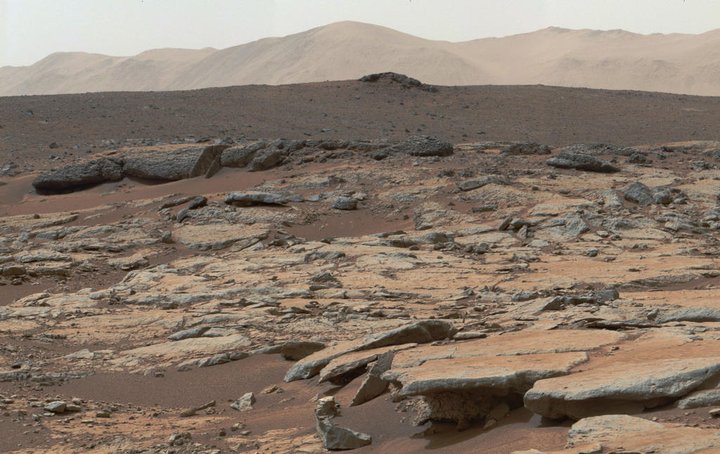The only reasonable numbers are zero, one and infinity.
– Bruce MacLennan
###
It’s been said that, in order to understand the universe, you only need to know one number: 100 billion. In round numbers, there are 100 billion stars in our Milky Way galaxy, 100 billion galaxies in the observable universe, and 100 billion is the age of the universe. In dog-years. It’s actually about 13.8 billion human years, give or take a couple of weeks.
All well and good, but really, when the chips are down, just three numbers take care of just about anything you care to know about: zero, one and infinity (or at least, many). Works with the number of: gods, planets harboring alien life, universes, reincarnations … you name it.
Although
the “Zero-One-Infinity” rule was popularized by the late Isaac
Asimov in his novel The Gods Themselves, it was originally
coined by computer pioneer Willem van der Poel. He argued that an
“entity” should be either forbidden entirely, only one should be
allowed, or any number of them should be allowed. For instance, the
structure of a computer file system: the topmost directory has zero
parent directories; each subdirectory has exactly one parent
directory; and each directory may contain any number of
subdirectories. I’ll leave it to IT nerds studs to confirm or deny
this — I’m just the messenger. [Depends on your filesystem. — Ed.]
The logic here is that it sometimes makes sense to allow one of something, but if you then allow two, you might as well allow two plus one, then three plus one, and on and on. As one reference puts it, “Once above 1, there’s no excuse not to allow any N; hence infinity.”
Take gods. You can believe in zero gods (atheism), one god (monotheism) or many gods (polytheism)—but it’s a bit of a stretch to have, say, two gods (unless you’re a gnostic). Or 108 gods. Pick 0, 1 or ∞: these are your options.
Same with extraterrestrial life, a topic close to my heart because of Mars. The next few years—or at least decades—will tell us whether there is, or was, life on Mars. If it’s extant, we’ll be able to compare its DNA (and RNA and the 20 proteins that define all earthly life) with ours. If extinct, and with some luck depending on the state of the fossils, we’ll still be able to do the comparison. If Martian DNA matches terrestrial DNA, we can assume there was some early (perhaps 3.7 billion years ago) transfer of life between the two planets, presumably in meteorites.

Mudstone in Gale Crater, Mars. NASA announced last June that the Curiosity rover had uncovered new evidence of methane (perhaps indicative of past life) in these sedimentary rocks, as well as signs of organic compounds buried in this ancient mudstone. (NA
On the other hand, if we find a wholly different life-form, living or extinct, on Mars, that’s a Very Big Deal. It’s inconceivable that out of all the billions of planets in the galaxy, just two—Earth and Mars—independently spawned life. Instead, we can conclude that life is common, and that it’s richly scattered everywhere we look in the night sky.
How many worlds have life? We’re here, so we know it’s not zero, leaving one or many as options. I’m rooting for many-approaching-infinity.
CLICK TO MANAGE